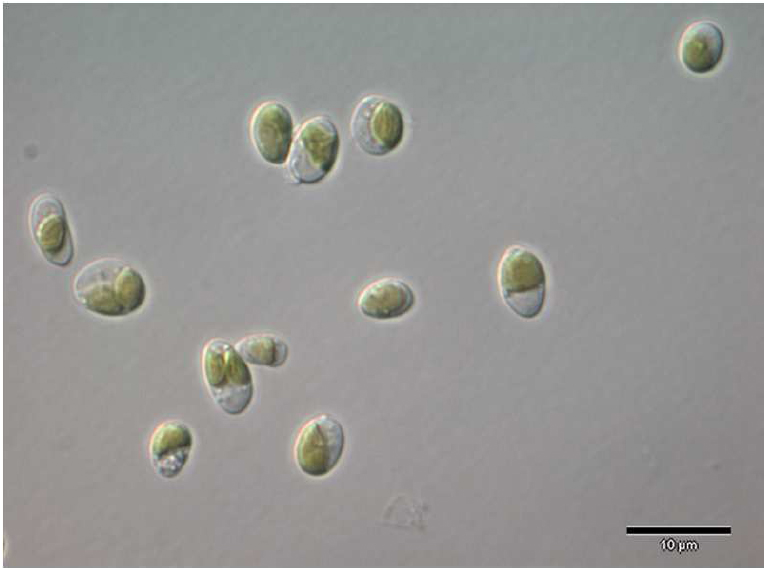Polar Microbes Make Fat to Keep Warm
A polar alga with lipid metabolism enzymes may prove useful harnessing algae for biodiesel production.

The Science
A polar alga was found to have more enzymes involved in lipid metabolism, such as those that desaturate fatty acids.
The Impact
The research will provide insights on novel enzymes that may prove useful to researchers working to harness algae for biodiesel production.
Summary
Algae are of major interest to researchers who are developing alternative energy sources. For example, lipids making up algal membranes can be transformed into biodiesel. One photosynthetic alga, Coccomyxa subellipsoidea C-169, was recently isolated in Antarctica and now is the first alga from a polar region to have its genome sequenced. Surprisingly, the alga thrives at temperatures close to 20ºC, though it is tolerant of the cold temperatures in the Antarctic. C. subellipsoidea was sequenced by the DOE Joint Genome Institute and its predicted protein families were compared with those from several other sequenced green algae. This greater versatility of lipid metabolism is thought to have contributed to its adaptation to cold.
Contact
Dr. Guillaume Blanc
Aix-Marseille University, France
guillaume.blanc@igs.cnrs-mrs.fr
Funding
Basic Research: DOE Office of Science, Office of Biological and Environmental Research
Publications
Blanc, G., E., et al., 2012. “The genome of the polar eukaryotic microalga Coccomyxa subellipsoidea reveals traits of cold adaptation” Genome Biology, 13:R39 [DOI: 10.1186/gb-2012-13-5-r39].
Highlight Categories
Performer: University , DOE Laboratory , BER User Facilities , JGI



